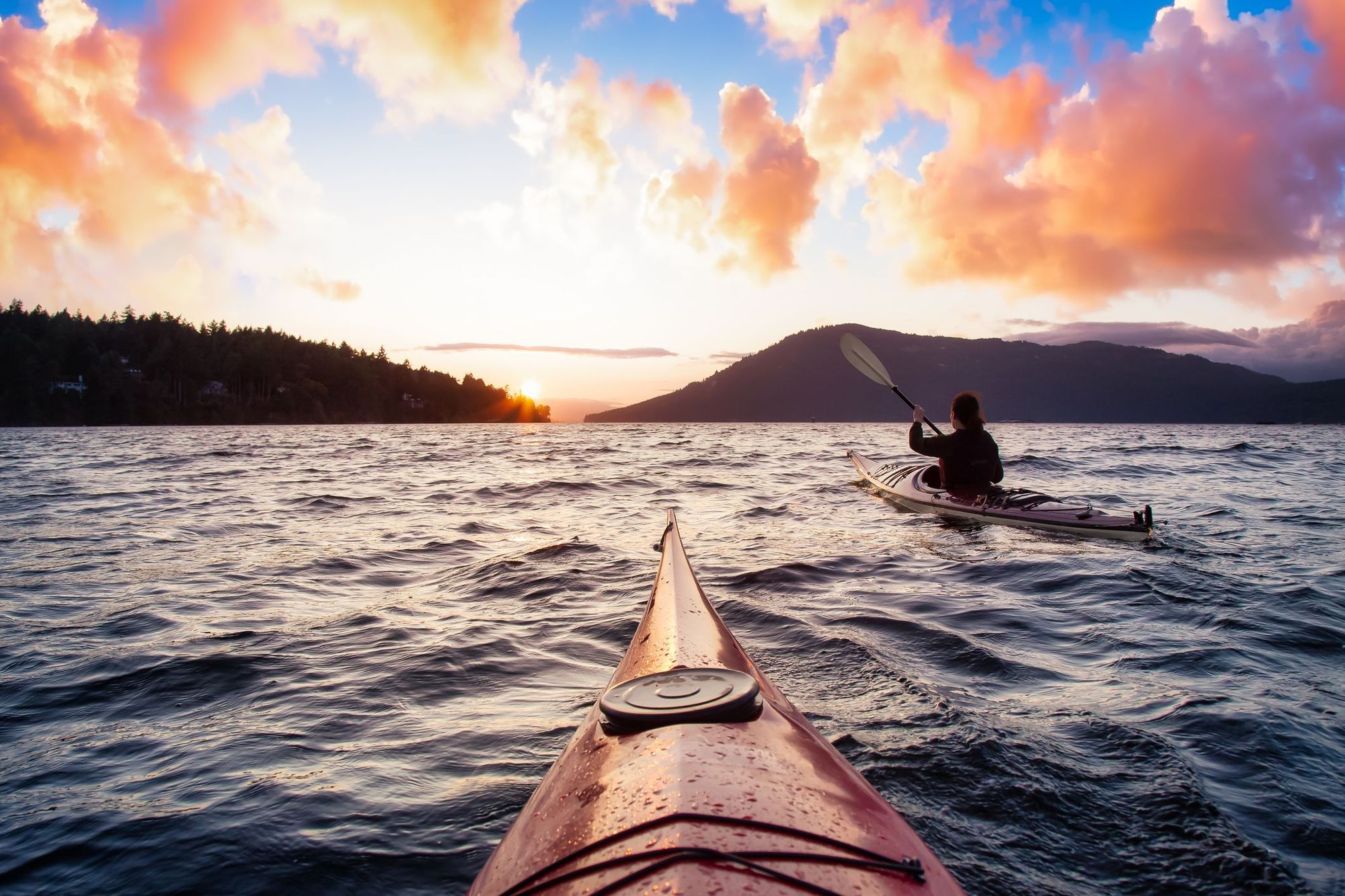Thousands of years ago, Indigenous Arctic people navigated the seas in kayaks made of hides stretched over wood or whalebone. Sea kayaks have thankfully become much more sturdy and easy to navigate since then. But in its essence, sea kayaking remains the same - you’re paddling through the water in a light, aerodynamic craft, navigating wind and waves.
Sea kayaking adventures bring with them a feeling of peace. You can leave your chaotic daily lives onshore and let the water take you. There's also chance to see familiar beaches and coastlines from a new perspective. Plus, the opportunity for wildlife sightings - whether it's orca whales off the Norwegian coast or otters and sea eagles in Scotland.
Interested in giving it a go? Here’s our guide to getting started.
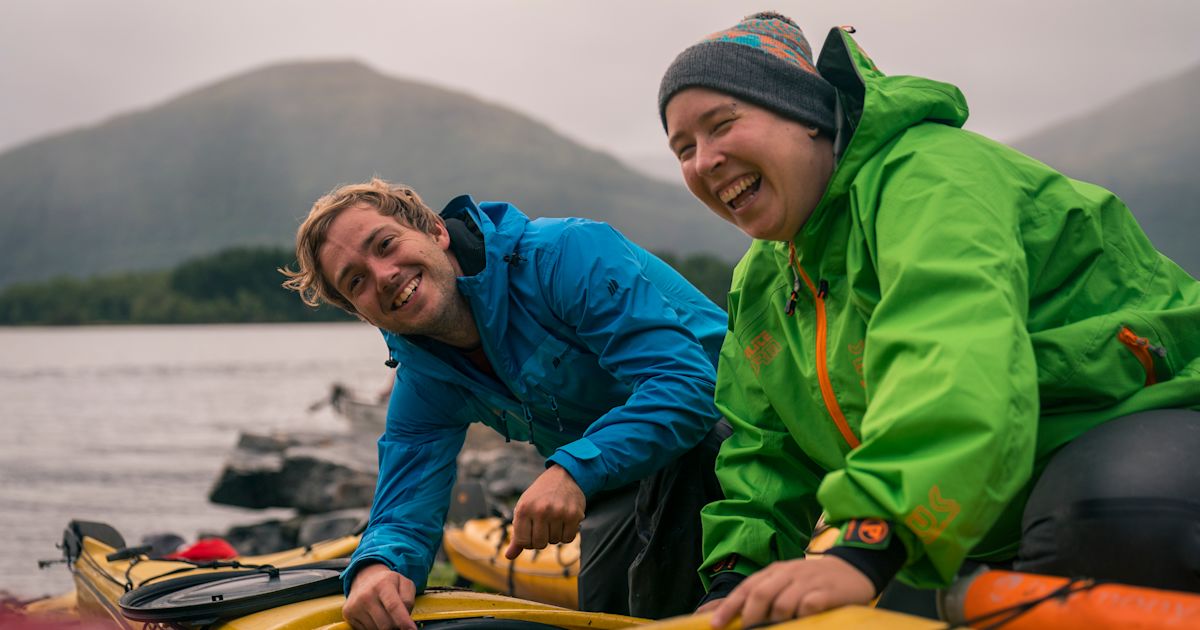
What’s the difference between a sea kayak and other types of kayak?
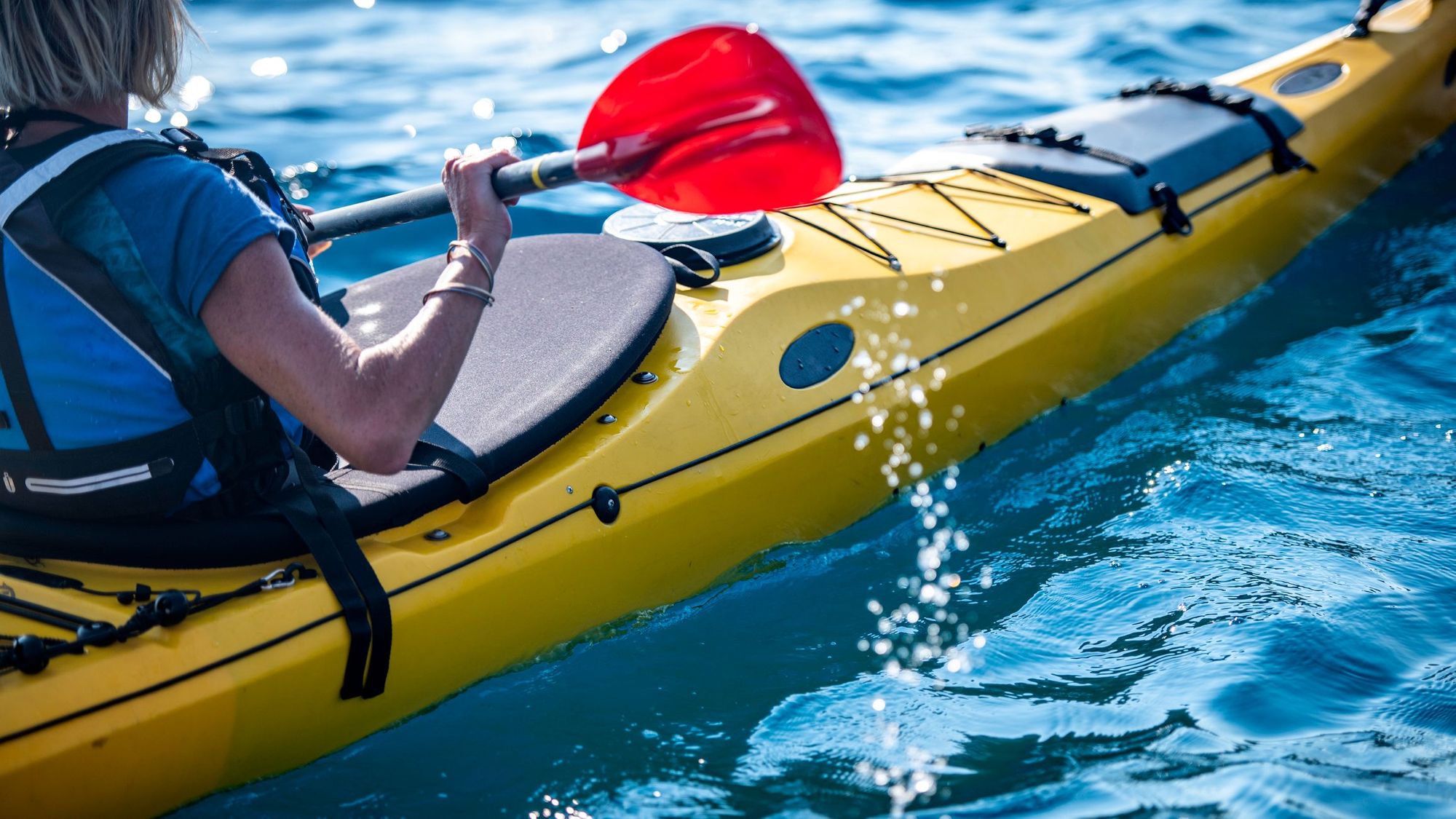
A sea kayak has many features in common with a touring kayak - it’s long, sleek and narrow, which allows it to cover vast distances efficiently. It’s also ‘sit-in’, meaning that your lower body will be inside the hull of the kayak.
Sea kayaks have a high curved rocker (basically, the bottom part of the kayak that connects the bow with the stern) which means that you can more easily crest over oncoming waves. It’s also even narrower and pointier than a touring kayak.

“Sea kayaks have at least two sealed compartments for storage,” explains Jordan Harper, a sea kayak guide at Nordic Ventures. “If you capsize, they’re filled with air, rather than water, so help keep the kayak afloat.”
“Another feature of sea kayaks is that they either have a rudder or a skeg to help you steer. A skeg is a retractable blade underneath the kayak - you can’t move it from side to side like a rudder, but it helps you paddle in a straight line, by preventing being blown off course,” he continues.
What will I need for my first sea kayaking expedition?
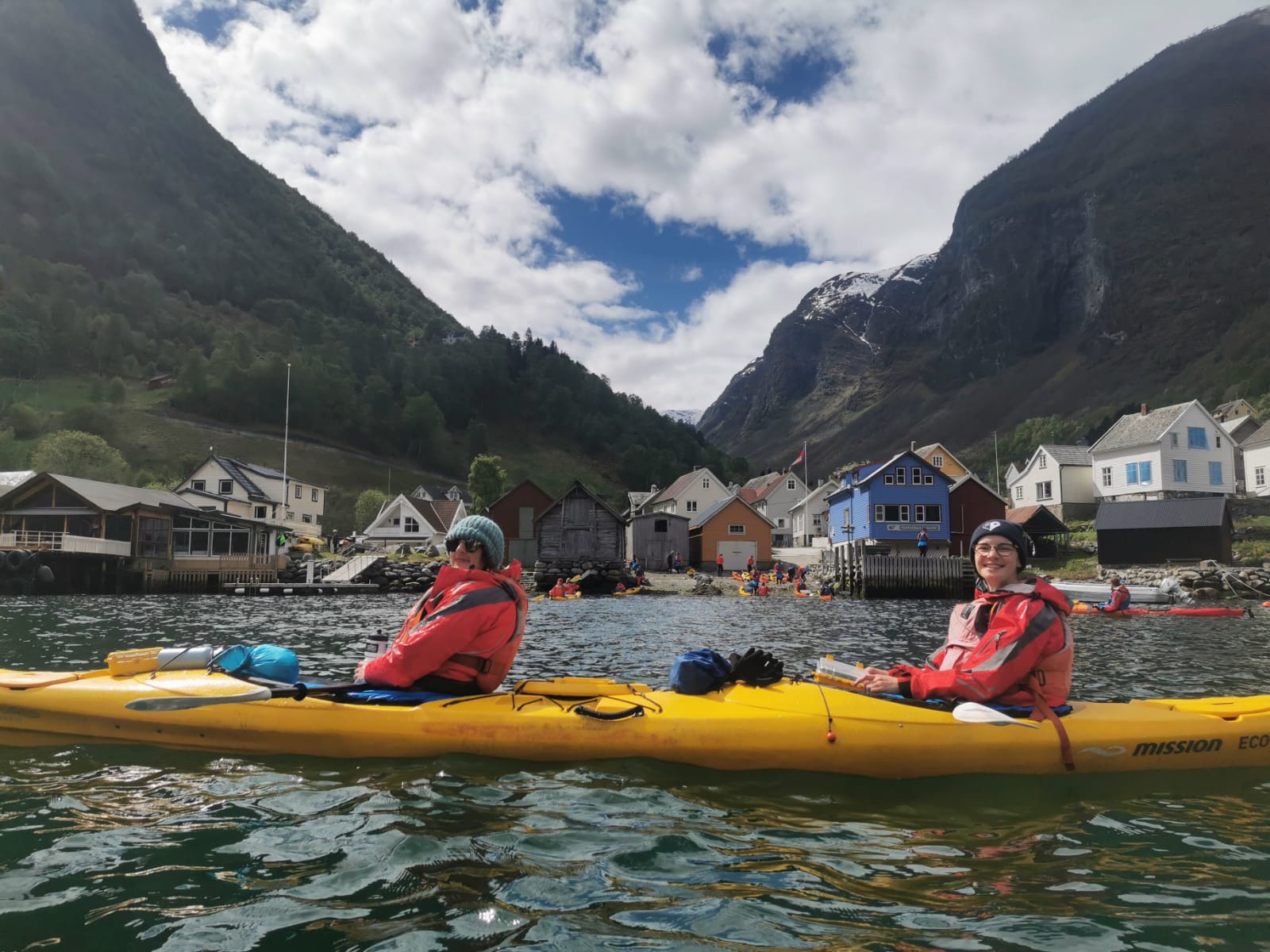
Starting with the obvious, you’ll need a kayak and a paddle. Choosing a paddle can be a surprisingly difficult choice - there’s a whole range of shapes, sizes and materials to choose from. Plastic paddle blades offer a good mix of durability and affordability; fibreglass and carbon blades are both lighter and stiffer, but more expensive.
If you’re sea kayaking in colder climates, you’ll want a warm base layer, a wetsuit, a waterproof spray jacket, neoprene boots and a PFD (personal floatation device). Make sure it fits properly by tugging at the shoulders - it shouldn’t rise up any further than your ears or mouth. A helmet is another important piece of safety gear, as is a first aid kit.
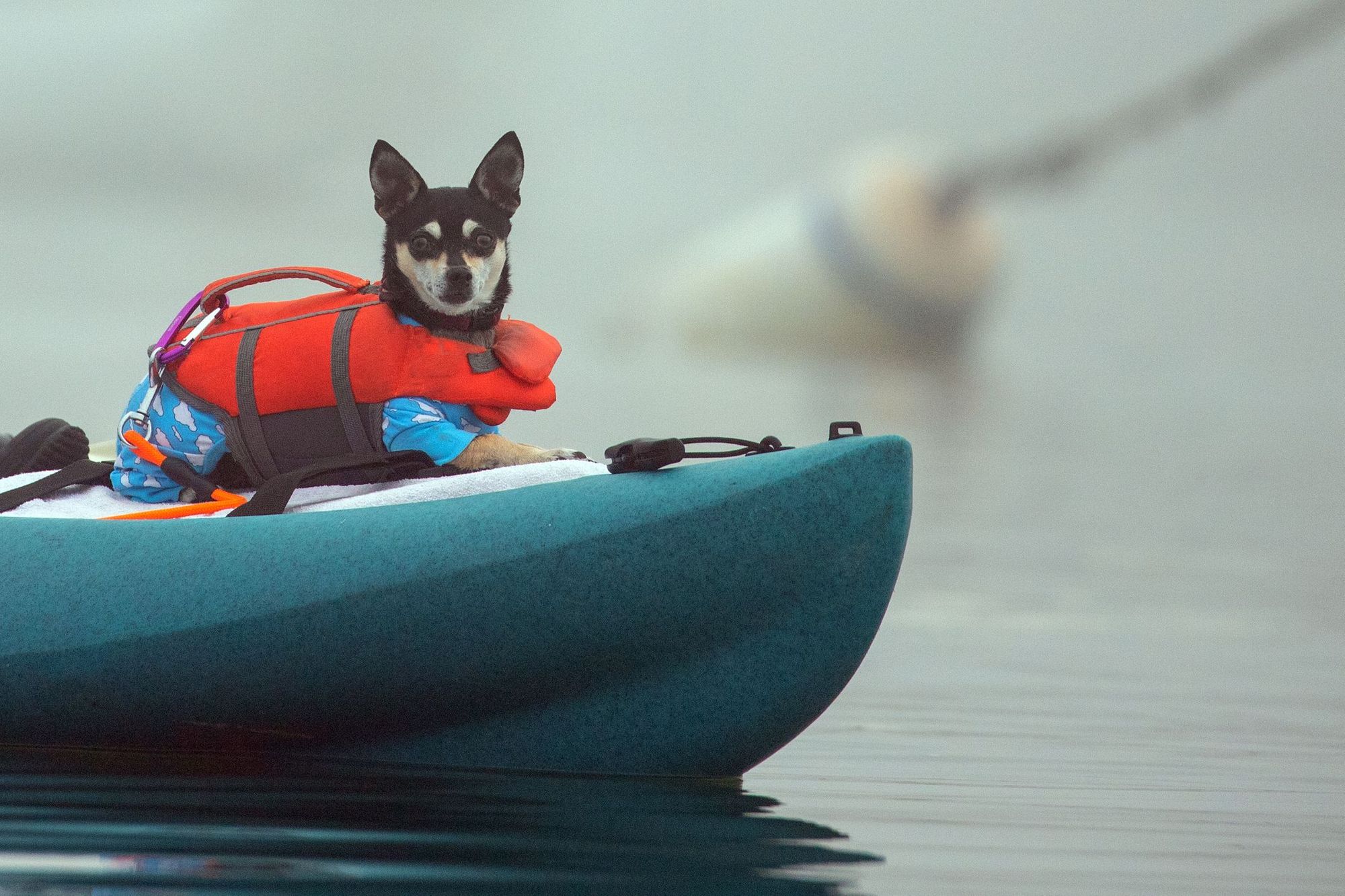
Another good bit of kit is a spray skirt. It’s a cover that attaches to the kayaker and the cockpit of a sit-in kayak, creating a seal to prevent water from getting in. Sunscreen, a sunhat, sunglasses and drinking water are essential for warmer climates. Waterproof storage containers and dry bags will keep your possessions dry. This includes anything from a spare warm layer to a camera.
How Do I Start Sea Kayaking?
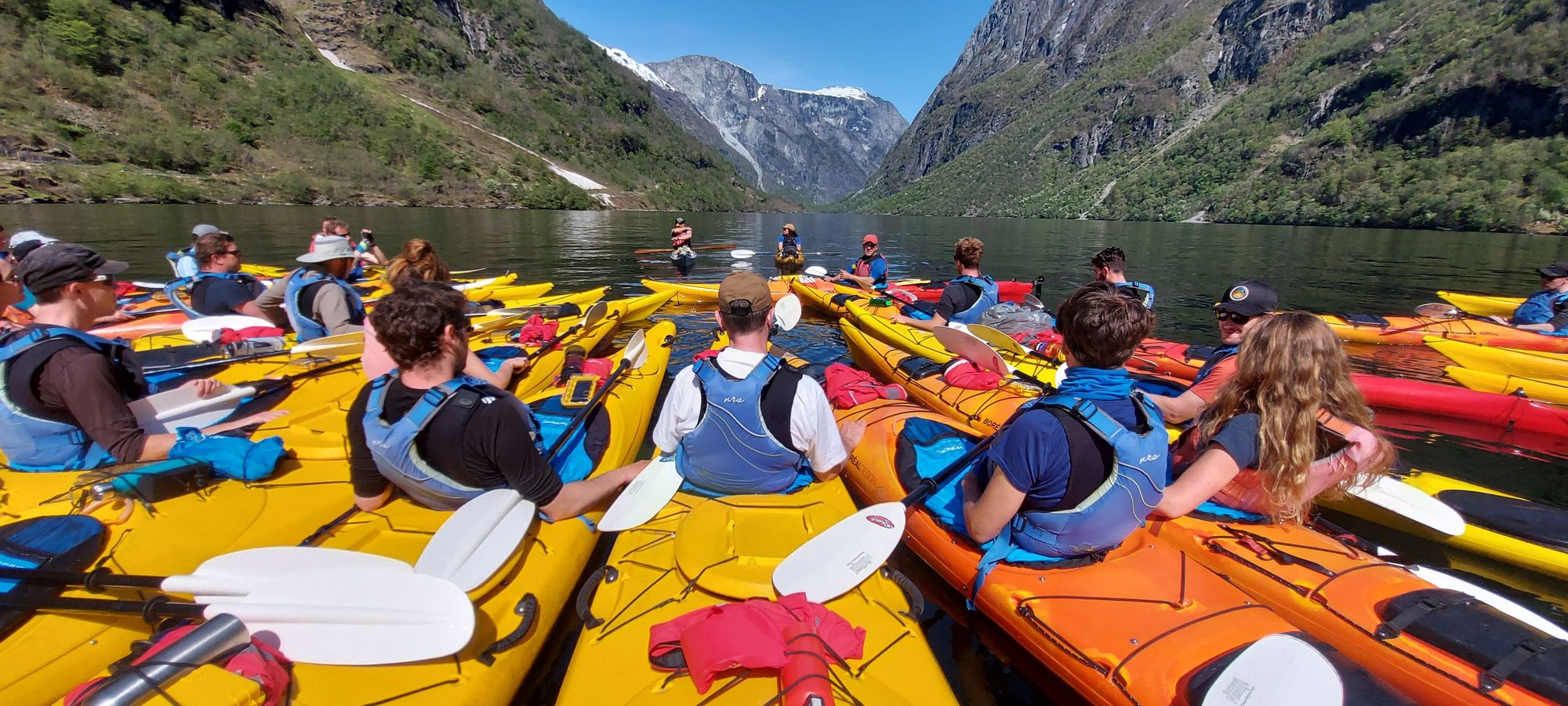
If it’s your first time on the water, we’d recommend kayaking trips in a small group with an instructor. That way, you’ll have the benefit of their expertise when it comes to tides, weather and risk assessments. They’ll also be able to teach you basic paddling techniques.
When you arrive on the beach, make sure you check the weather conditions. One of the most important things is to ascertain which way the wind is blowing - if there’s an offshore wind you’ll be pushed out to sea, and find it harder to get back to shore. You can check wind direction by looking at flags on the beach. Another visual clue can be found by looking at the water. If the beach is calm but there are rough waters further out to sea, you can expect wind.
To launch your kayak, place it in the shallows facing out to sea; in just enough water for the front to float easily. Make sure the rudder is pulled up. Use the paddle to push yourself out, then put the rudder down.
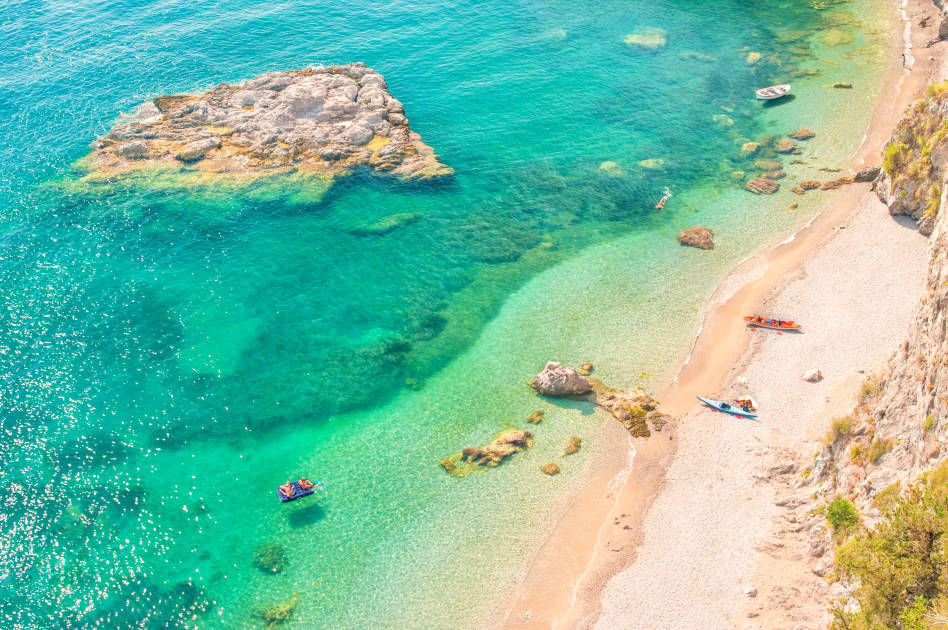
Your next task will be to get through the surf (where the waves break on the shore) to calmer water. Face the wave head-on - this will give you the greatest stability. Make sure you gain momentum as you head towards it, and that your paddle is in the water as it hits, to give you more control and enable you to crest the wave.
Time to start paddling. Hold your paddle loosely (not so loosely that you drop it in the ocean) and make sure you immerse the blade of your paddle fully for maximum momentum, and keep your hips loose so you sway with the waves.
“Practice paddling with completely straight arms,” Jordan advises. “It’ll get you used to swaying your hips and torso, which gives your strokes more power. Once you’re used to the movement, you can bend your arms again.”

Learning to Read Water
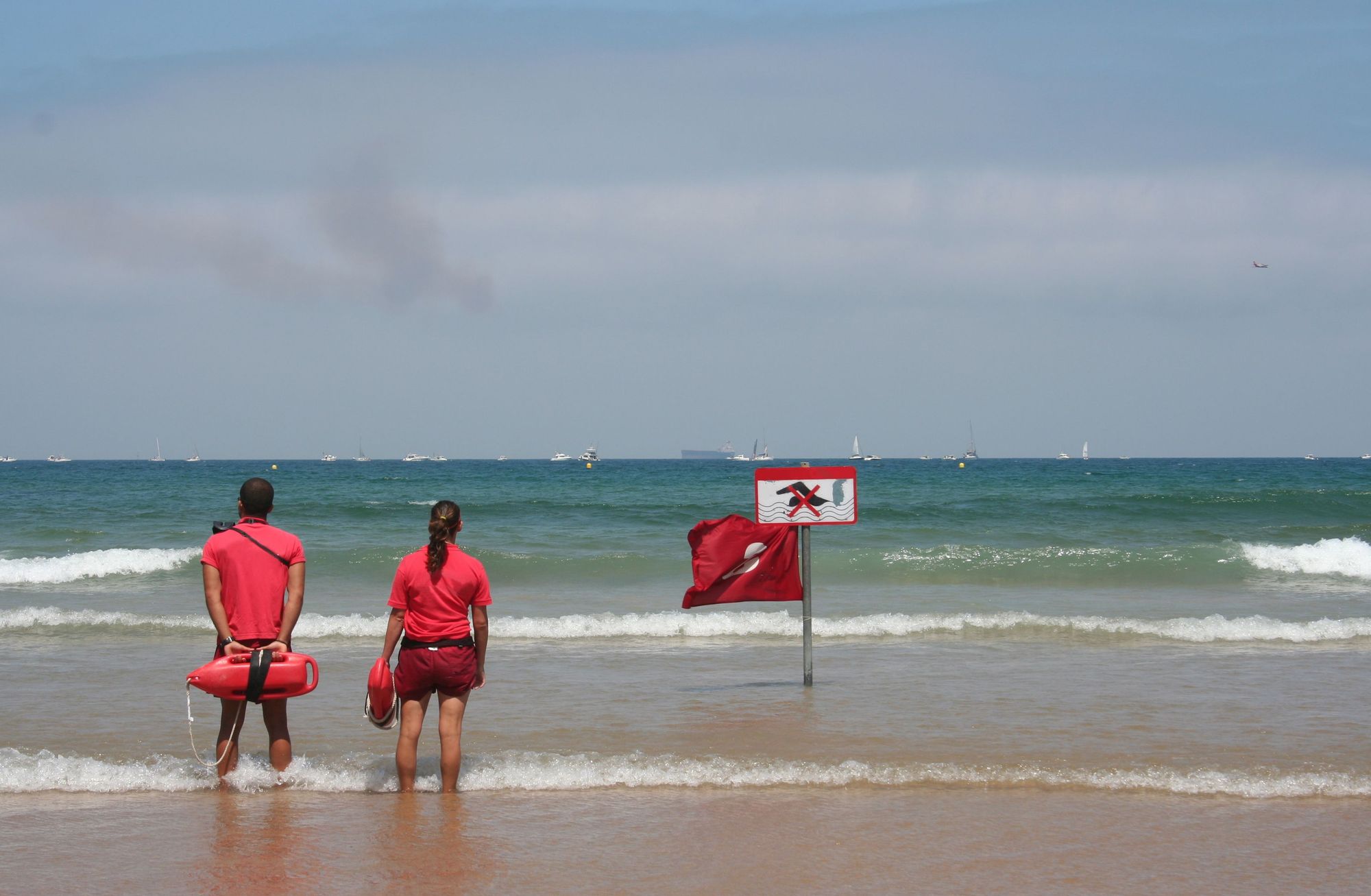
To sea kayak safely and efficiently, you’re going to need to learn about tides and currents. A flood tide is when the water level is rising and high tide is when it reaches its peak; an ebb tide is when it falls to low tide. It’s important to check the tide times because the changing water level might affect your route. You’ll want to paddle out at low tide and return as the tide turns from ebb to flood, and carries you back to shore.
When water flows into shore, it needs to find a route to flow back out again - it’s sucked into the deeper channels, which creates fast-flowing rip currents. To spot them look out for areas of deeper, calmer looking water or sandy-coloured water beyond the breakers. When currents are pushed through a constricted area (underwater rock and reef formations, narrow channels created by sand bars) it is known as a tidal race.
Part of the fun of sea kayaking is learning how to navigate these ever-changing waters. One of the most challenging sea kayak routes in the UK is through the Gulf of Corryvreckan, off the west coast of Scotland. Its underwater rock formations and powerful currents cause large whirlpools and fast-flowing water.
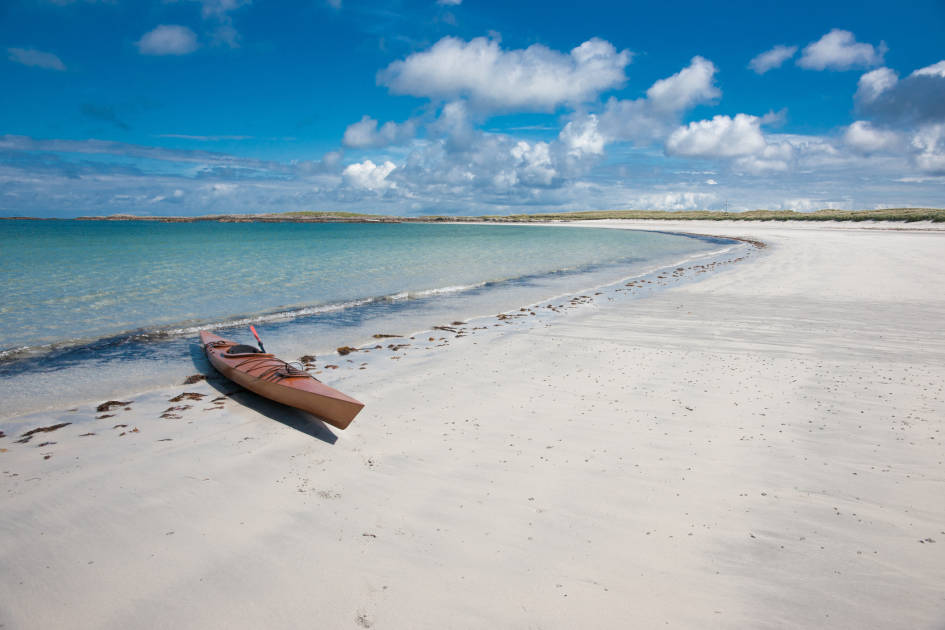
Is Sea Kayaking Dangerous?
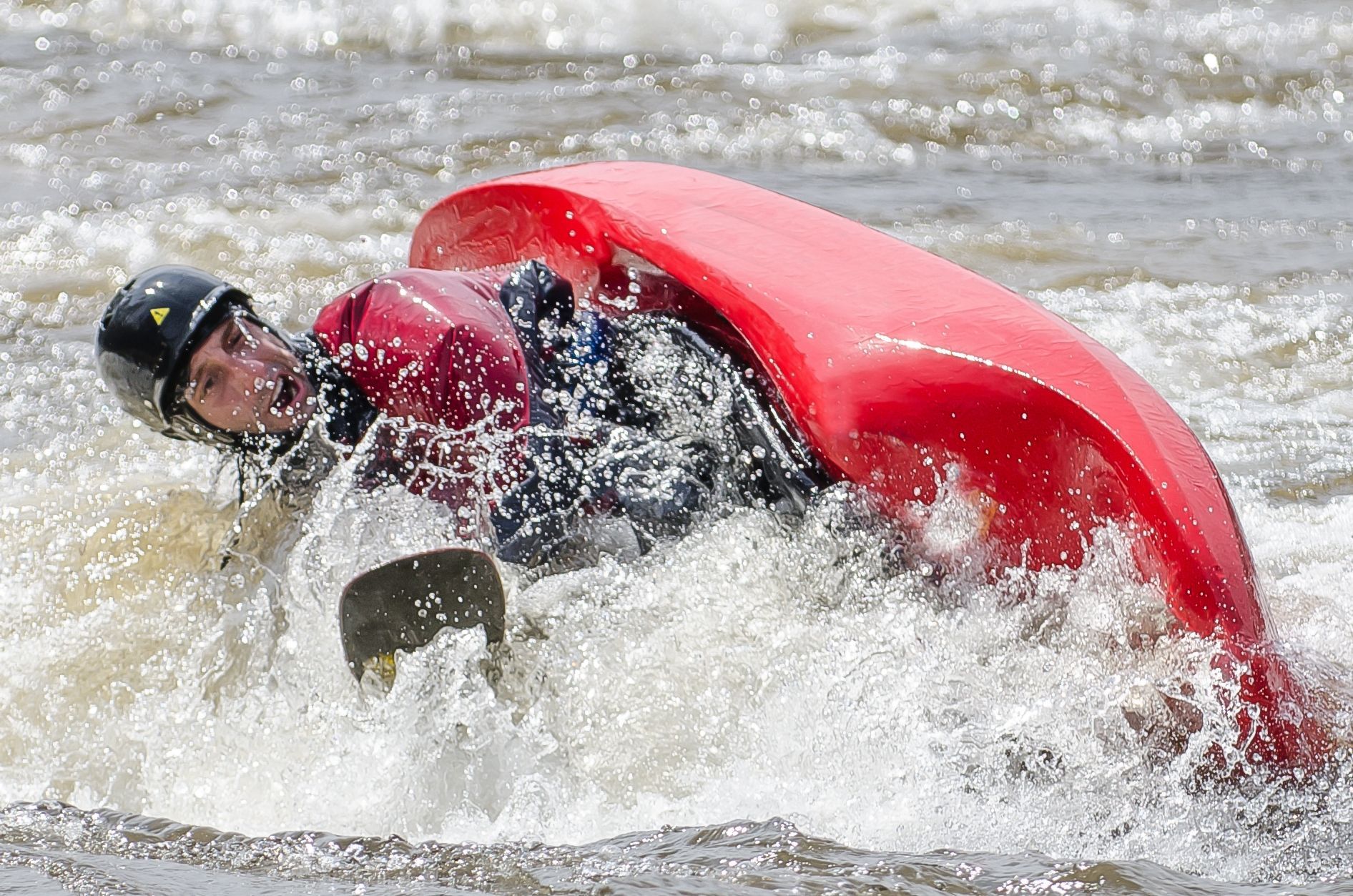
As with any adventure sport, there are risks involved. However, there are also plenty of ways in which you can mitigate them. The first way to do this is to paddle within your skill level. That means that if you’re a beginner, choose calm bays with few waves.
“There are plenty of ways to be safe to make yourself safe when sea kayaking,” Jordan says. “Make sure you wear the correct gear, especially the buoyancy aid. Make sure you carry your phone with you, in a waterproof case, so you can call for help if necessary.When I go out sea kayaking I always take a personal locator beacon, so if there’s any problems I can call for help.”
A personal locator beacon can send a signal on a 406 Mhz frequency (used internationally for distress signalling), which is then picked up by search and rescue crews.
“The biggest risk when you’re sea kayaking is probably rocks under the water. If you capsize, you might hit your head on them. All you need to do for that is wear a helmet,” Jordan explains.

Capsizing is another risk - especially if you’re in strong waves. Many beginners find this the scariest aspect of kayaking, but the good news is that getting trapped underneath the kayak is actually very unlikely.
There are two ways to get out of a capsized kayak. One is to roll your kayak, a move which takes some practice. Otherwise, you’ll need to perform something called a ‘wet exit’, which is exactly as it sounds.
“You need to loosen your spray skirt to get out of the kayak - lean forward and pull the grab loop, so you can slide out,” Jordan says. “But you also don’t need to worry if you forget this. Some people panic and jerk their knees up, which loosens the spray skirt too.”
It’s now time to get back into the kayak. Flip it over and use the BBL technique for getting back in: pull your belly up over it; twist your body to get your bum in the seat, then slide your legs in.
Where Can I go Sea Kayaking?
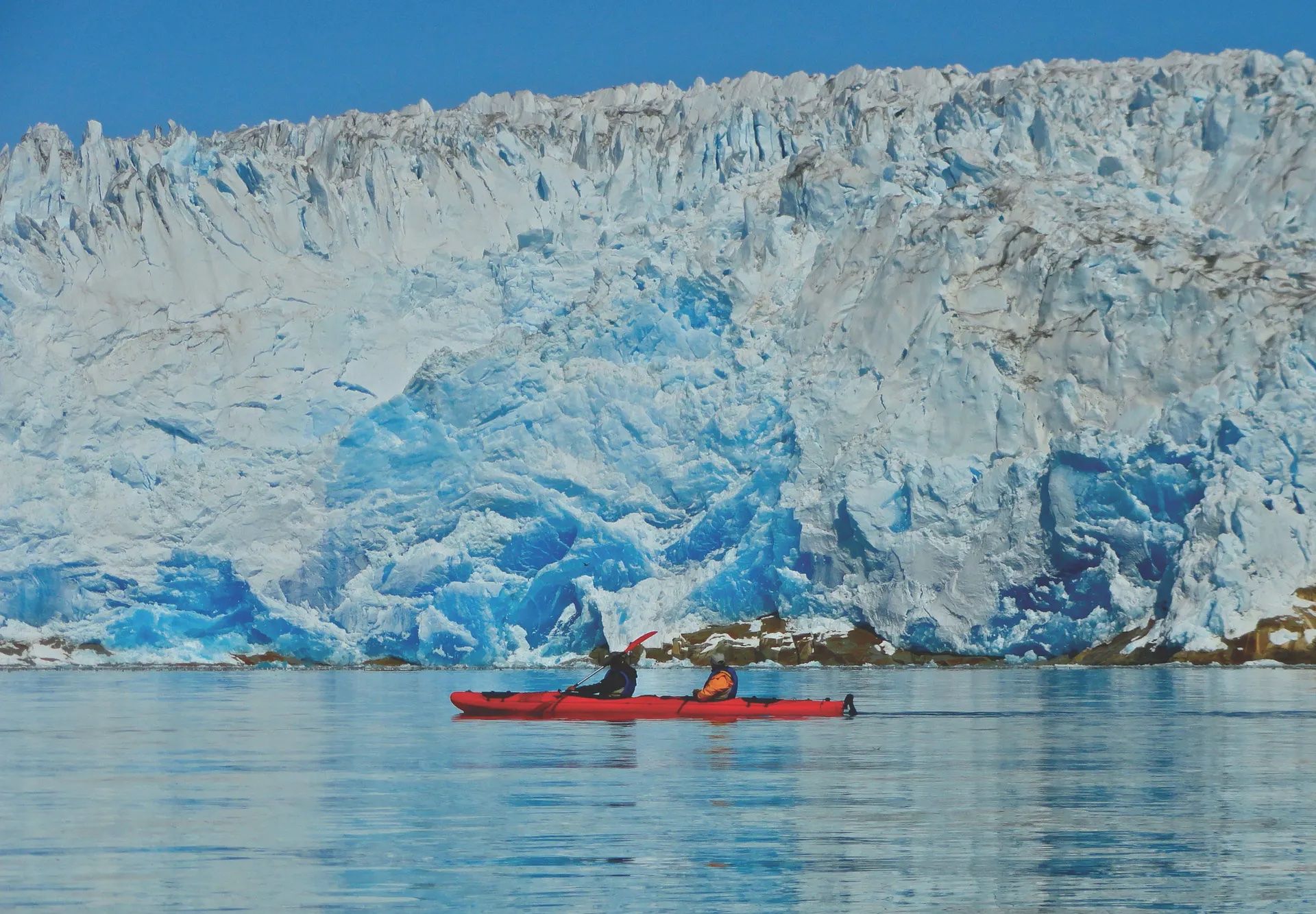
The options for sea kayaking (anywhere there’s a sea, basically) can feel limitless. If you’re in search of adventure, how about kayaking in Greenland or Alaska? You’ll glide past large icebergs and creaking glaciers, keeping an eye out for seals and whales. In search of warmer waters? The clear waters around Mediterranean islands such as Menorca and Sardinia make for fantastic sea kayaking excursions.
But you don’t have to travel that far - there are plenty of wonderful kayaking spots in the UK. The west coast of Scotland is particularly popular with sea kayakers, thanks to its mixture of sheltered sea lochs, wild currents, offshore islands and iconic whisky distilleries. Pembrokeshire is another brilliant sea kayaking destination, thanks to its rugged coastline and gorgeous beaches.
Inspired? Check out our full range of kayaking holidays now!


